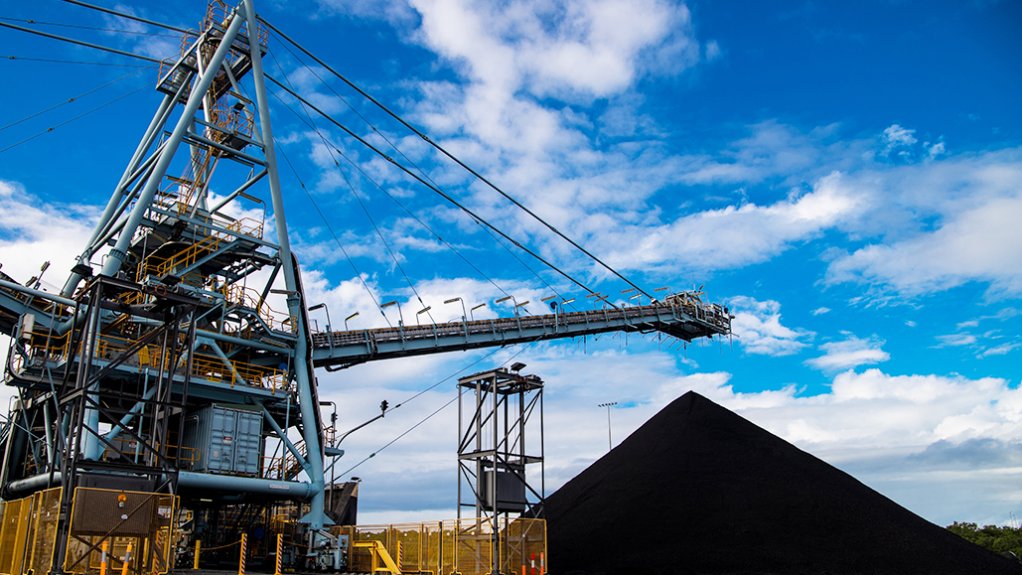The South African Coal Processing Society (SACPS) is proposing carbon capture and storage (CCS) technology as one of the readily available technologies to reduce coal-related emissions.
CCS is a climate change mitigation process that captures carbon dioxide (CO2) from flue gas after a fossil fuel has been burnt by using a capturing medium, such as a solvent, as opposed to releasing it into the atmosphere and is a viable measure to slow climate change and environmental degradation, says SACPS chairperson Vumeka Buthelezi.
Using CCS, CO2 can be captured and stored underground in, for example, the voids of a mine, where it can be sealed to prevent it from escaping into the atmosphere, she explains.
CCS also offers the possibility of applying an oxygen fuel combustion process to capture and store CO2, which involves burning a fuel, such as coal, using pure oxygen, or a mixture of oxygen and recirculated flue gas, instead of fresh air.
She notes, however, that this process has not been fully explored and studied in South Africa.
These possibilities can feasibly reduce greenhouse-gas (GHG) emissions and the coal-using industry should explore capital requirements to convert South Africa’s coal-fired power stations into the kind that employ oxygen fuel combustion processes to produce purer CO2, she suggests.
Buthelezi also recommends a broader uptake of CCS technologies to capture CO2 in water vapour in legacy coal-fired power stations, for further decarbonisation and/or degasification.
Buthelezi says the current push for a just energy transition and expectations to significantly cut back on coal mining and consumption in South Africa are “unrealistic”, as the baseload power generation plants are coal-fired, and cannot easily and inexpensively be replaced with greener forms of power in a short time.
“We have many more years to go on coal processing and the utilising of coal-fired power stations. “Perhaps we still have another 20 years to go prior to seeing the eradication of coal processing plants because the amount of energy required to power South Africa.”
Instead, the SACPS would prefer to have coal mining companies produce coal using more sustainable means, and conducting selective coal mining despite it becoming a more arduous task as a result of high-quality coal reserves mostly being depleted.
Buthelezi adds that the bulk of coal currently produced in South Africa requires rigorous beneficiation, owing to current deposits having more impurities.
Coal mines can reduce their CO2 footprint by targeting easily attainable targets, such as adopting energy efficient alternatives within the processing plants and using renewable energy to power lights within the plants
.
Edited by: Donna Slater
Features Deputy Editor and Chief Photographer
EMAIL THIS ARTICLE SAVE THIS ARTICLE
ARTICLE ENQUIRY
To subscribe email subscriptions@creamermedia.co.za or click here
To advertise email advertising@creamermedia.co.za or click here

















